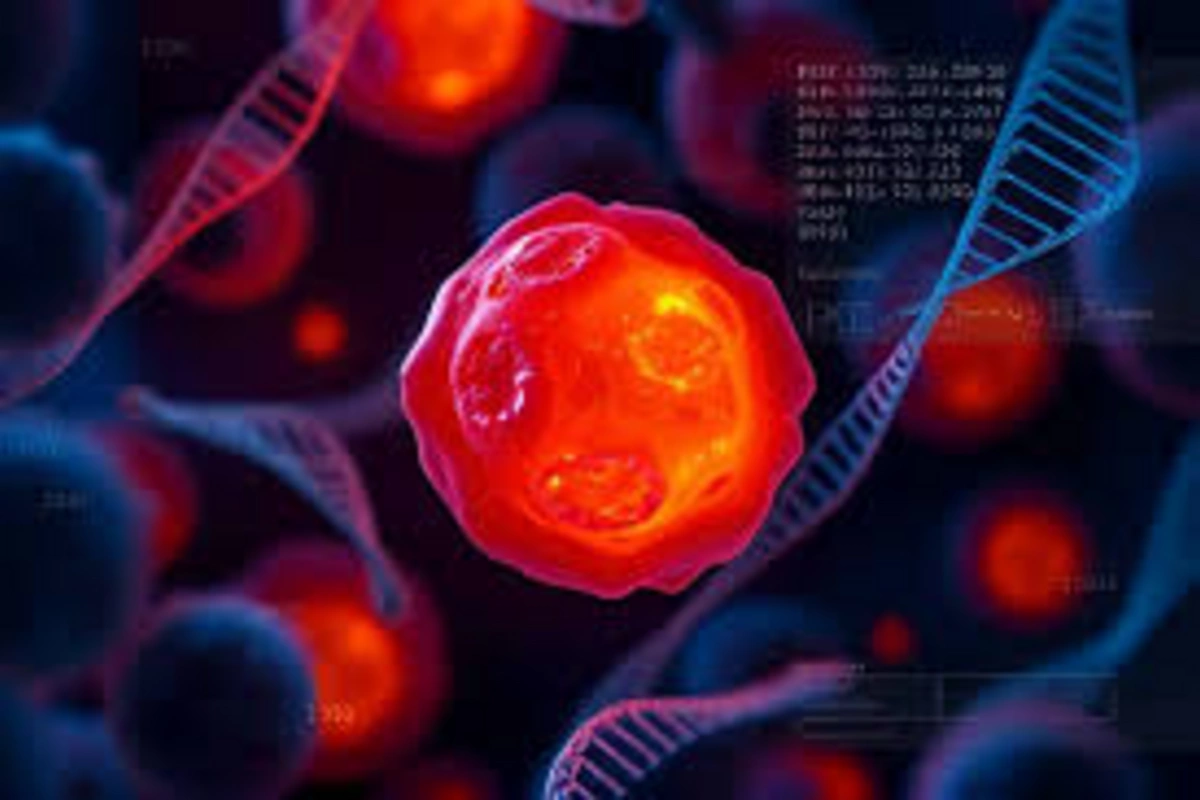A new mechanism of resistance to treatment found in cancer cells## Translation note: I've provided a direct translation of the Russian title into English, maintaining the original meaning and structure.

Scientists from Tokyo Metropolitan University have discovered that one of the enzymes involved in DNA repair can provide cancer cells with additional "protection" against certain types of therapy. The research results are published in the journal Nature.
The protein in question is Flap endonuclease-1 (Fen1). It works as "molecular scissors" - cutting out excess DNA fragments that form when a cell copies its genetic material.
Scientists note that since the 1980s, doctors have been using special drugs - chain-terminating nucleoside analogs (CTNA). They substitute for DNA building blocks, incorporate into it and stop copying. Cancer cells divide faster than healthy ones, so these drugs affect them particularly strongly. But some cells - both healthy and cancerous - know how to resist this process.
In the new study, scientists removed the gene responsible for Fen1 from model cells and treated them with the drug alovudine. It turned out that without Fen1, the cells became extremely vulnerable: DNA was copied more slowly, and the treatment was much more effective. They also found that if another protein - 53BP1 - was blocked along with Fen1, the cells became resistant again.
The authors suggest that the mechanism of the process is to blame: without Fen1, long "hanging" fragments form in the DNA. 53BP1 "sticks" to them, interfering with other repair systems, which causes DNA copying to stop.
The team also compared Fen1 with another known DNA repair protein - BRCA1, which is associated with breast cancer. It turned out that Fen1 and BRCA1 work in different ways, but when both are disabled simultaneously, they dramatically enhance the effect of the drug.
According to the researchers, understanding the role of Fen1 can help more precisely select treatments and find tumors that are particularly sensitive to CTNA. Scientists are now planning to test the results on human cells and determine whether Fen1 blocking can be used to treat different types of cancer.
Similar News
Named product that slows down the aging of the body
Scientists have discovered a link between dark chocolate consumption and slowing down the biological aging of the organism. As a new study by specialists from K...




 Azərbaycanca
Azərbaycanca  По-русски
По-русски  English
English 






